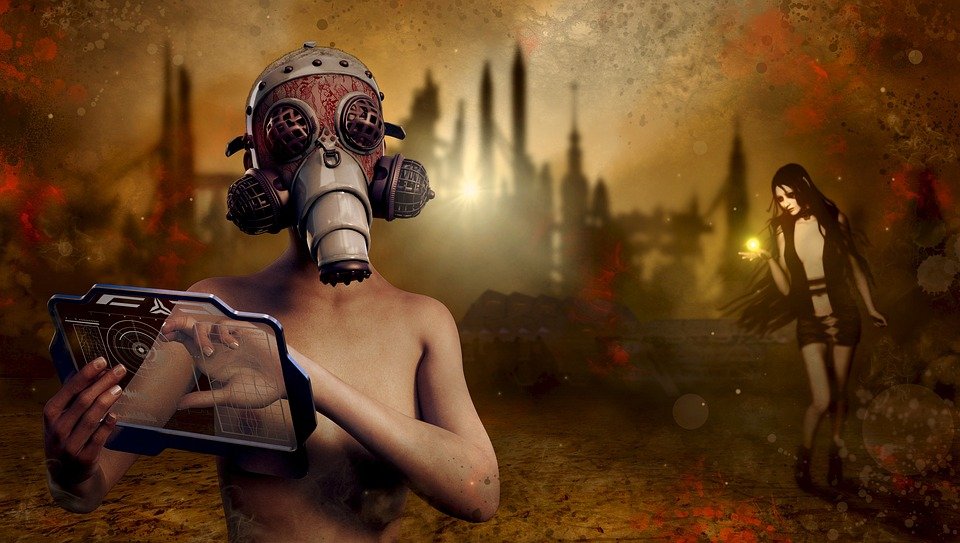The Future of Collecting: Exploring the Potential of NFTs
Introduction
Collecting has always been a popular hobby among individuals, whether it’s stamps, coins, or artwork. However, with the rise of technology, a new form of collecting has emerged – Non-Fungible Tokens (NFTs). NFTs have gained significant attention in recent years, especially within the art world. This article will delve into the potential of NFTs as the future of collecting.
The Basics of NFTs
NFTs are unique digital assets that can represent ownership of a specific item or piece of content, such as art, music, videos, or even virtual real estate. Unlike cryptocurrencies like Bitcoin or Ethereum, which are fungible and can be exchanged on a one-to-one basis, NFTs are indivisible and cannot be exchanged on a like-for-like basis.
Each NFT contains metadata that provides proof of authenticity and ownership. This metadata is stored on a blockchain, making it decentralized and immutable. The most common blockchain used for NFTs is Ethereum, although other platforms have also adopted this technology.
The Rise of NFTs in the Art World
NFTs have revolutionized the art world by providing artists with a new way to monetize their digital creations. In the past, digital art struggled to gain recognition and value due to the ease of duplication and distribution. However, NFTs have introduced scarcity and provenance to digital art, allowing artists to sell unique, one-of-a-kind pieces.
This new form of collecting has attracted both traditional art collectors and tech-savvy investors. NFT art sales have skyrocketed, with some pieces fetching millions of dollars. This has opened up a whole new market for artists, democratizing the art world and providing them with direct access to buyers.
The Future Potential of NFTs
While NFTs have gained significant popularity in the art world, their potential extends far beyond that. Here are some areas where NFTs could shape the future of collecting:
1. Collectible items
NFTs can be used to represent collectible items in various fields, such as sports memorabilia, trading cards, or even rare virtual goods in video games. The ownership and authenticity of these items can be easily verified through the blockchain, eliminating the risk of counterfeit or fraudulent goods. Collectors can now own and trade digital versions of their favorite items, expanding the possibilities of collecting.
2. Intellectual Property Rights
NFTs can also be utilized to establish ownership and protect intellectual property rights. Musicians, writers, and other creators can tokenize their work, ensuring that they receive proper credit and royalties for their creations. This can revolutionize the entertainment industry by providing a transparent and fair system for content creators to monetize their work.
3. Virtual Real Estate
With the rise of Virtual reality and Metaverse platforms, NFTs can be used to represent ownership of virtual real estate. Just like physical properties, virtual lands can be bought, sold, and developed. This opens up a whole new dimension for collectors, allowing them to own and trade virtual spaces within digital worlds.
4. Tokenized Securities
NFTs have the potential to revolutionize the way securities are bought, sold, and traded. By tokenizing securities, ownership can be easily transferred, eliminating the need for intermediaries and reducing transaction costs. This can make investing more accessible to the general public and streamline the process of buying and selling securities.
FAQs
Q1: How do NFTs differ from cryptocurrencies like Bitcoin or Ethereum?
A1: NFTs are unique digital assets that represent ownership of specific items or content, while cryptocurrencies are fungible and can be exchanged on a one-to-one basis. NFTs are indivisible and cannot be exchanged on a like-for-like basis.
Q2: How can I create and sell my own NFTs?
A2: To create and sell your own NFTs, you’ll need to choose a platform that supports NFT creation and sales, such as Opensea or Rarible. You can then upload your digital content, set a price, and mint your NFT. Once minted, you can list it for sale on the platform.
Q3: Are NFTs environmentally friendly?
A3: The environmental impact of NFTs has been a topic of debate. Currently, most NFTs are minted on the Ethereum blockchain, which relies on proof-of-work mining. This process consumes a significant amount of energy. However, efforts are underway to transition to more sustainable alternatives, such as proof-of-stake, which will reduce the carbon footprint associated with NFTs.
Q4: Can I resell my NFTs?
A4: Yes, one of the key advantages of NFTs is their ability to be bought and resold on various platforms. When reselling an NFT, the original creator may receive a royalty fee, depending on the terms set during the initial sale.
Q5: Is it possible to display and enjoy NFTs offline?
A5: NFTs primarily exist in digital form, but some platforms and devices allow for physical representations or displays of NFTs. For example, digital frames or screens can showcase NFT artwork in a physical space.
Conclusion
The future of collecting is undoubtedly being reshaped by the advent of NFTs. These unique digital assets have opened up new opportunities for artists, collectors, and content creators across various industries. Whether it’s art, collectibles, intellectual property rights, virtual real estate, or tokenized securities, NFTs have the potential to revolutionize the way we perceive and engage with collecting. As technology continues to evolve, it will be fascinating to witness the continued growth and exploration of NFTs in the future.

